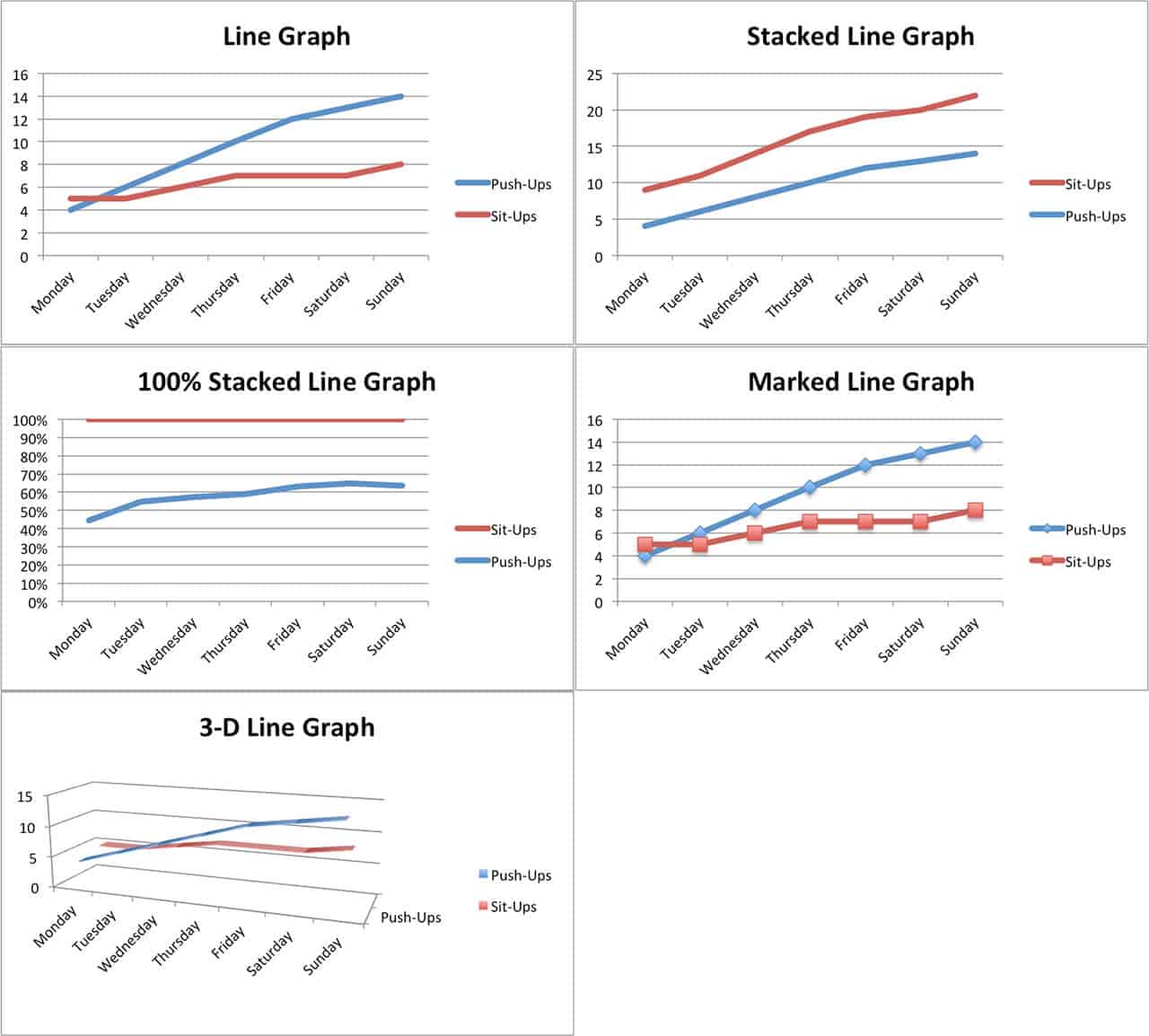Breathtaking Info About What Is The Line Chart Suitable For Tangent To A Curve In Excel
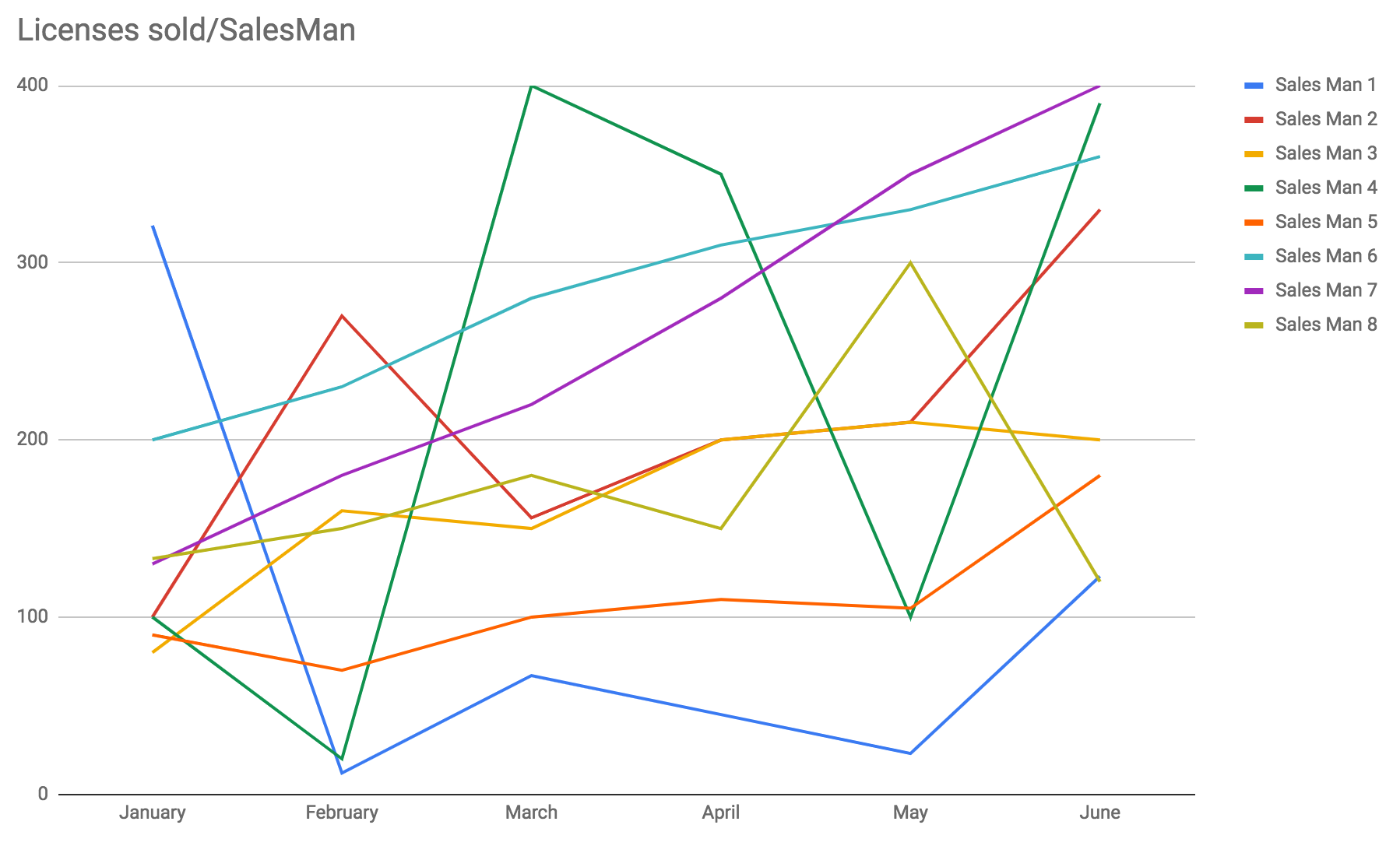
Displaying forecast data and uncertainty.
What is the line chart suitable for. Data values are plotted as points that are connected using line segments. Top 10 types of comparison charts you should try. I’ll provide some examples of.
On the other hand, they are not necessarily your best choice for: Oddly, the depth chart seems nearly locked. A basic line chart connecting data points.;
A line chart reveals trends or changes over time. They are most effective for: Good to show relationships with continuous periodical data.
Line charts can be used to show relationships within a continuous data set, and can be applied to a wide variety of categories, including daily number of visitors to a site or variations in stock prices. Charts, visualizations, or insights are the building blocks of all dashboards, so choosing the right chart type is one of the crucial skills when building a dashboard. The type of data different chart types are suitable for.
Use line charts to display a series of data points that are connected by lines. The chart below shows the total cost (including taxes and fees) for a family of four in january 2024 in both an ocean view and a typical balcony cabin across both cruise lines. A variable is basically anything that can change, like amounts, percentage rates, time intervals, etc.
The best way to visualize changes. Including important context and annotation. This type of chart is particularly useful for visualizing trends, changes, and relationships in data over a.
The horizontal axis depicts a continuous progression, often that of time, while the vertical axis reports values for a metric of interest across that progression. Pick the wrong one, and you can cause confusion, misinterpretation of the data, or even a wrong business decision with a lasting impact. It can also expose overall trends, to help the reader make predictions or projections for future outcomes.
Visualize data using different types of comparison charts. It represents the change in a quantity with respect to another quantity. Line charts show changes in value across continuous measurements, such as those made over time.
Line charts are a classic tool for visualizing trends over time (e.g., days, weeks, months, years etc…). Line charts are also known as line plots. The human mind instinctively connects data points in a line chart, following the gestalt principle of continuity.
Use line charts to view trends in data, usually over time (like stock price changes over five years or website page views for the month). A line chart is used to represent data over a continuous time span. A line chart—also called a line graph—is a visual representation of numeric or quantitative data that shows the relationship between two variables.

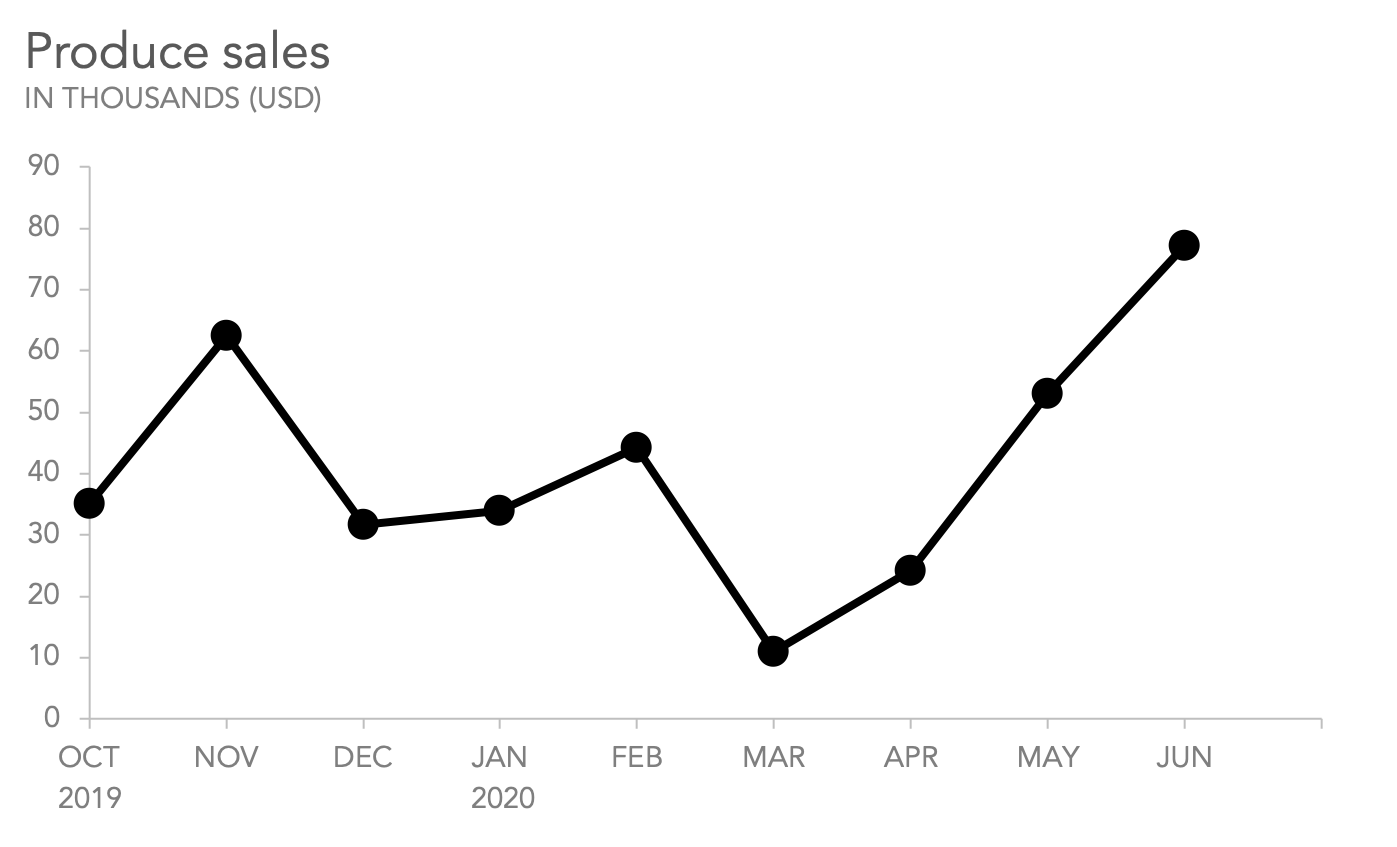
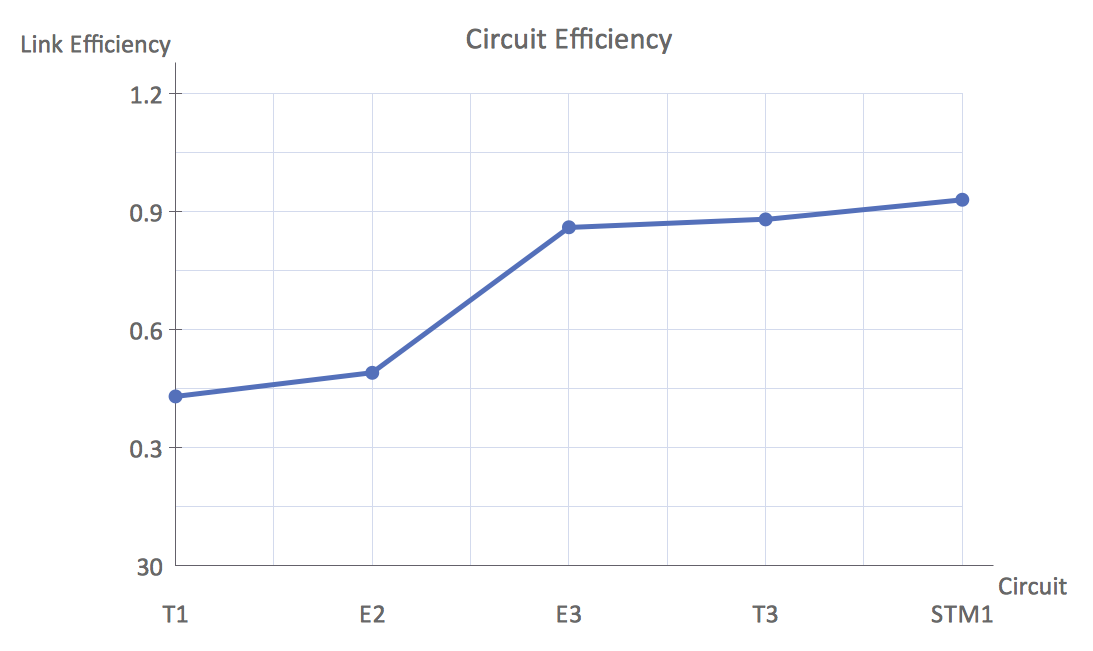

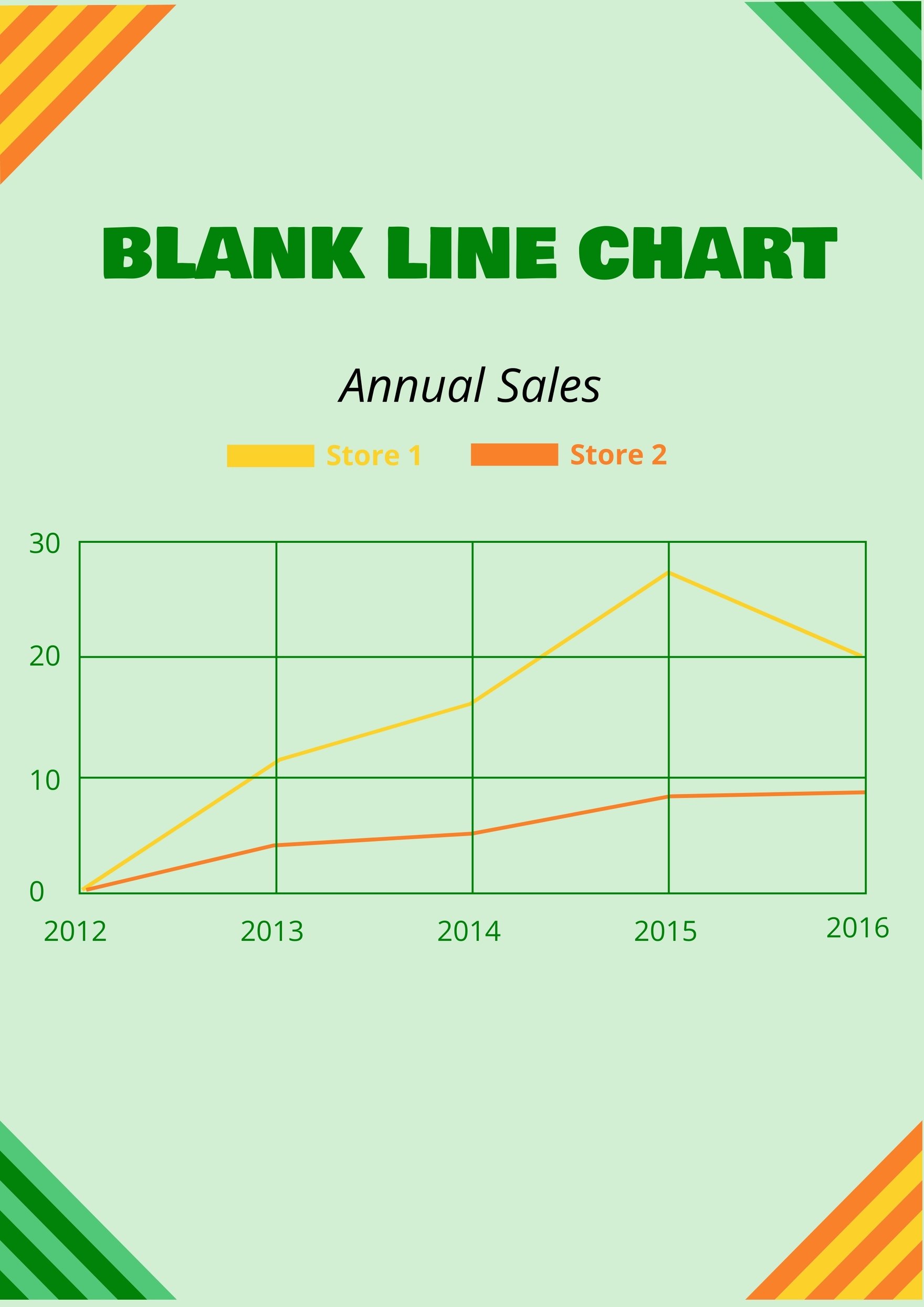
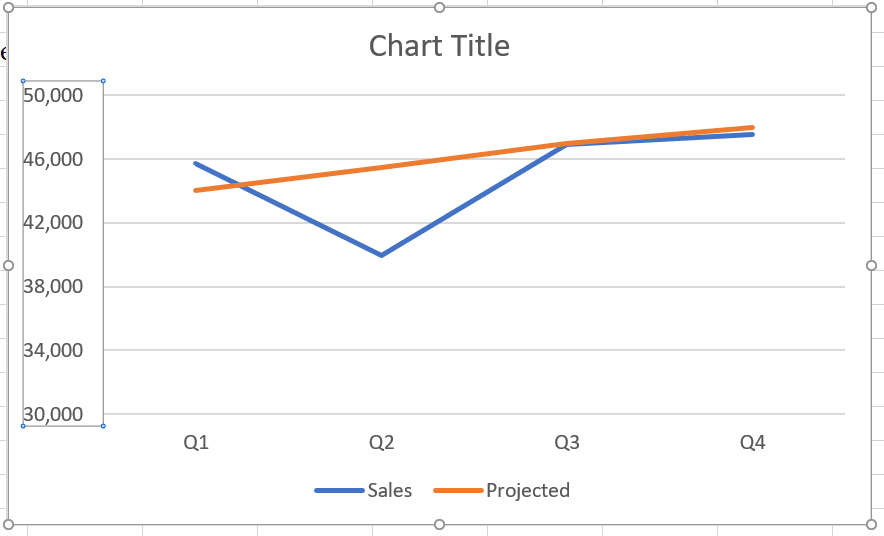
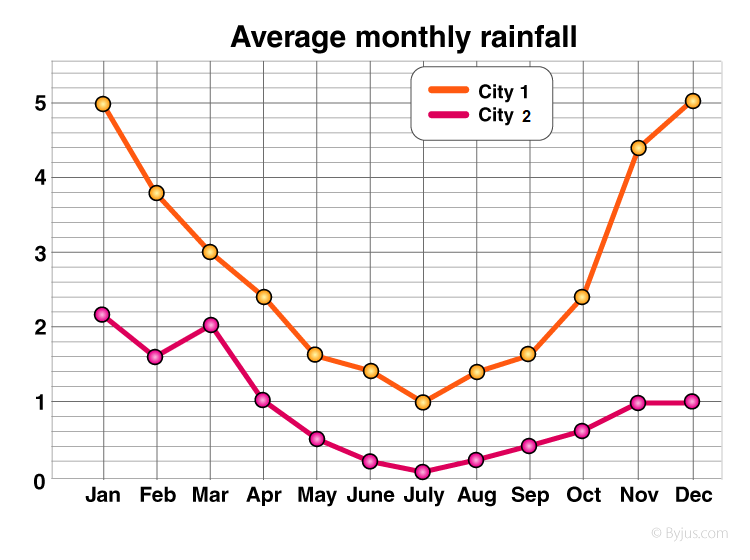
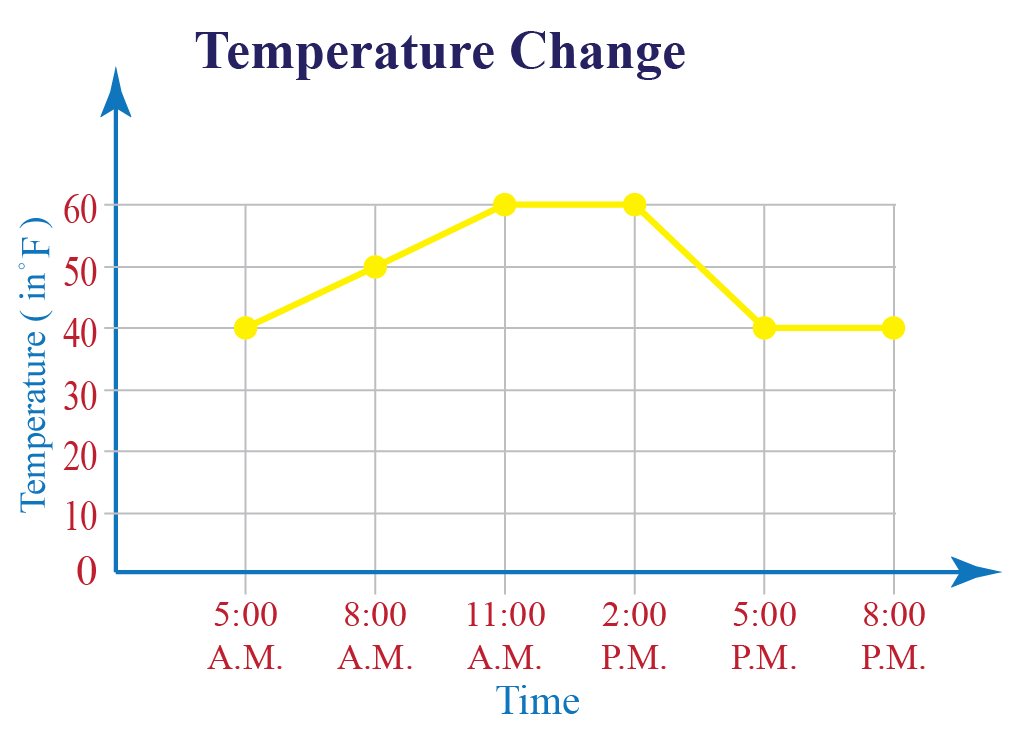
:max_bytes(150000):strip_icc()/dotdash_INV_Final_Line_Chart_Jan_2021-01-d2dc4eb9a59c43468e48c03e15501ebe.jpg)


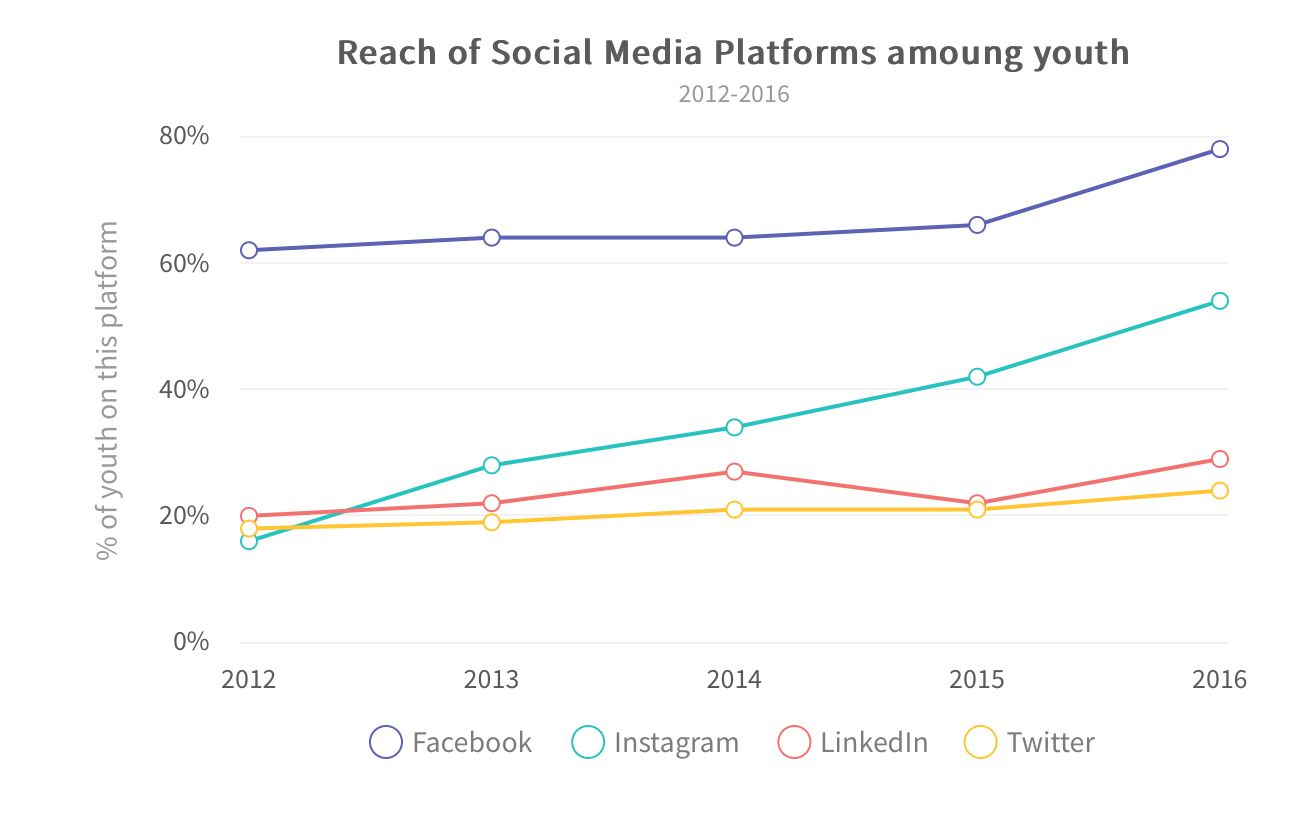

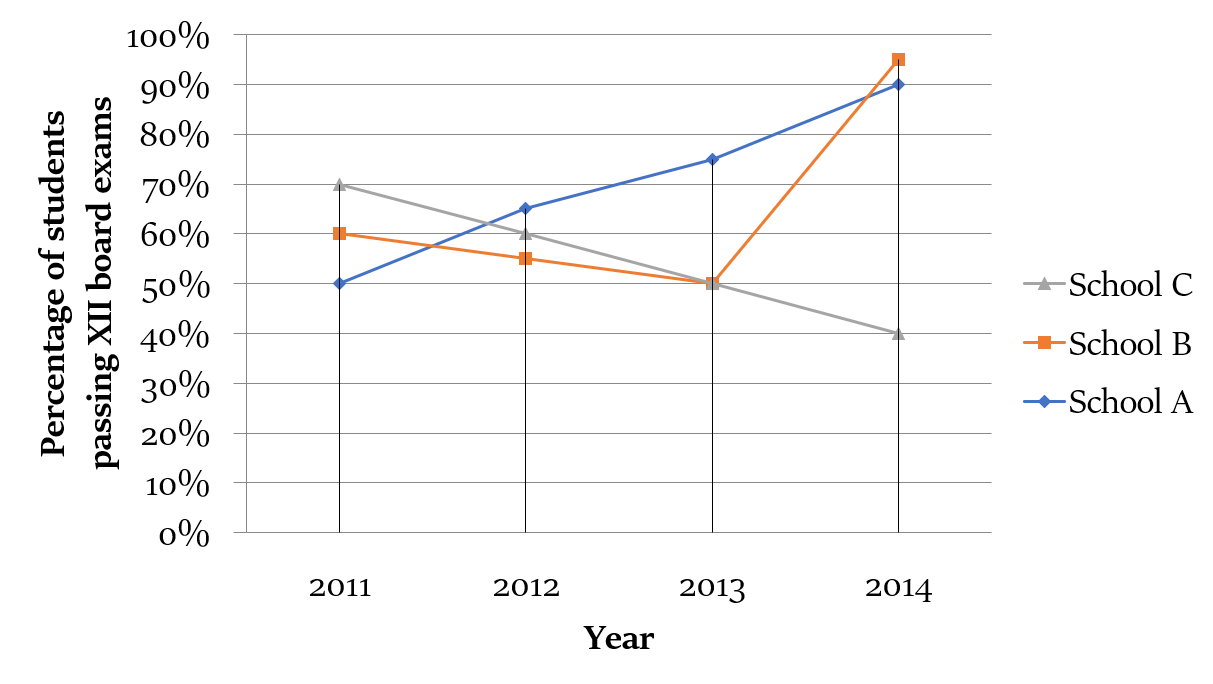
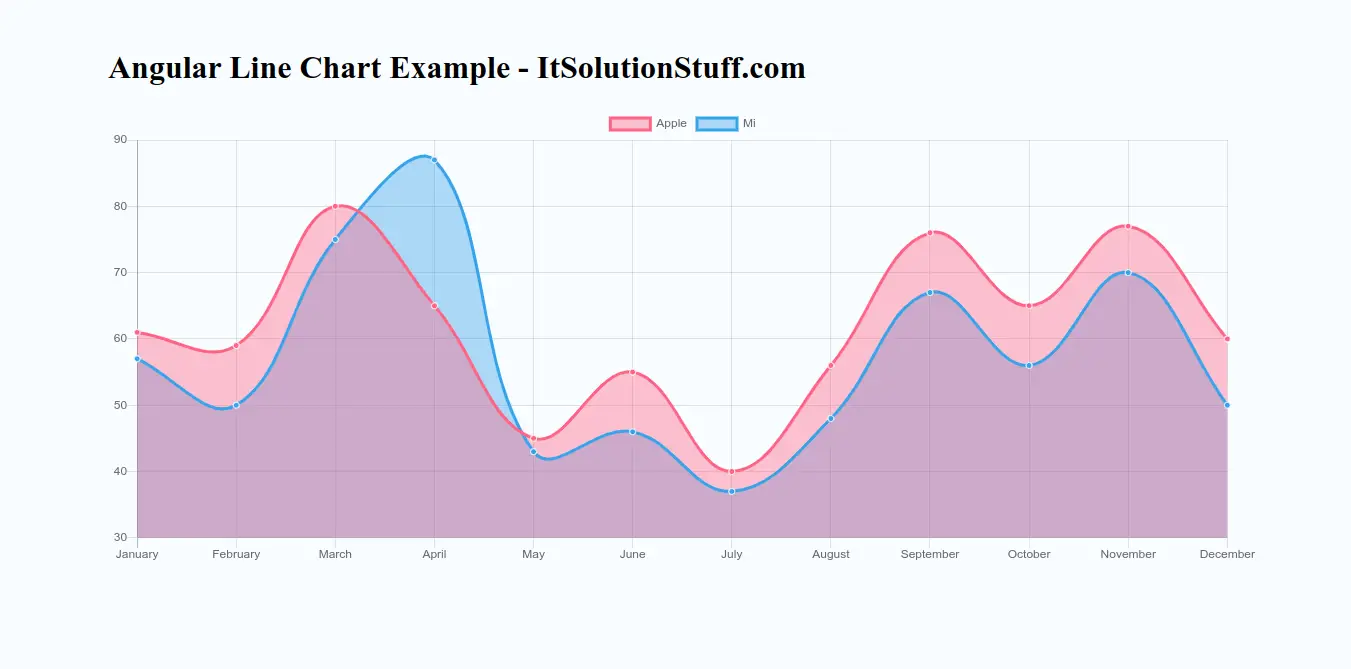



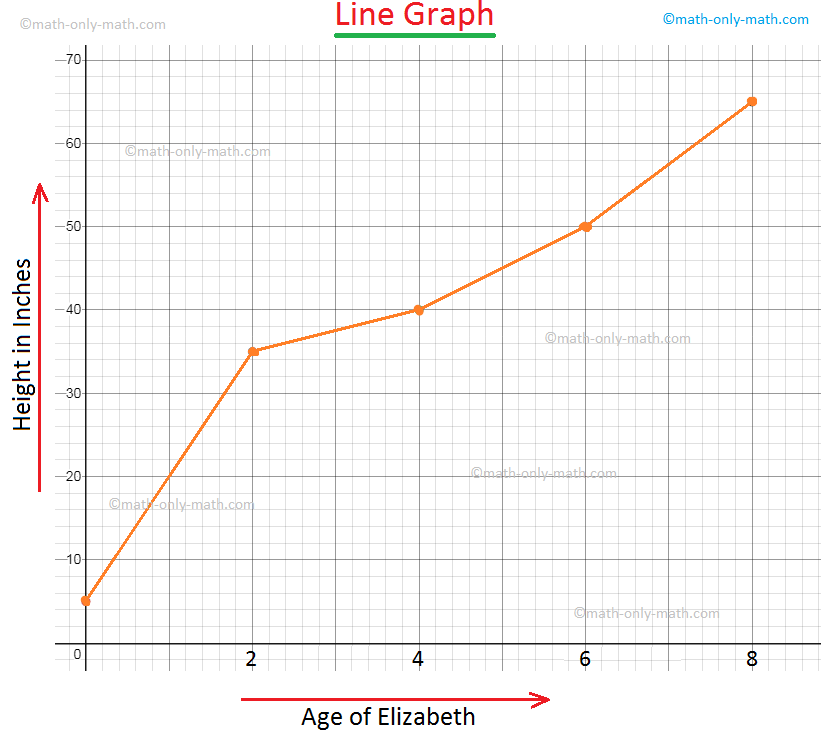
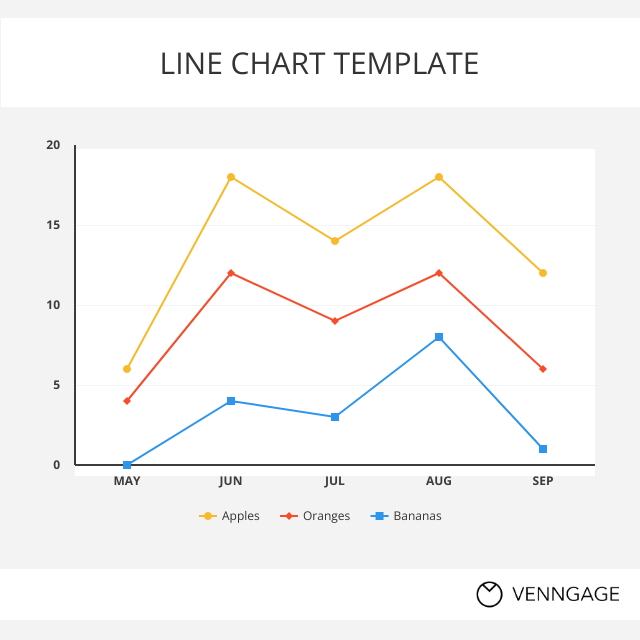
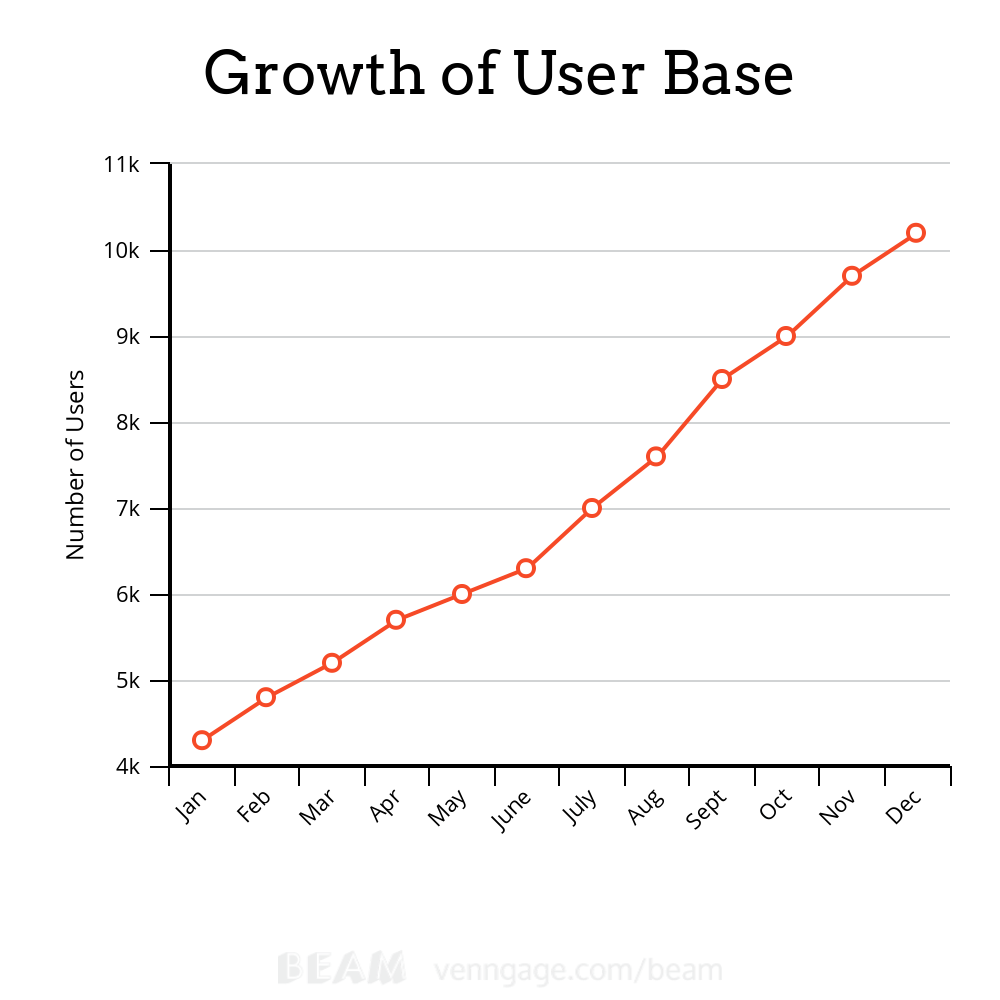
:max_bytes(150000):strip_icc()/dotdash_INV_Final_Line_Chart_Jan_2021-02-d54a377d3ef14024878f1885e3f862c4.jpg)

